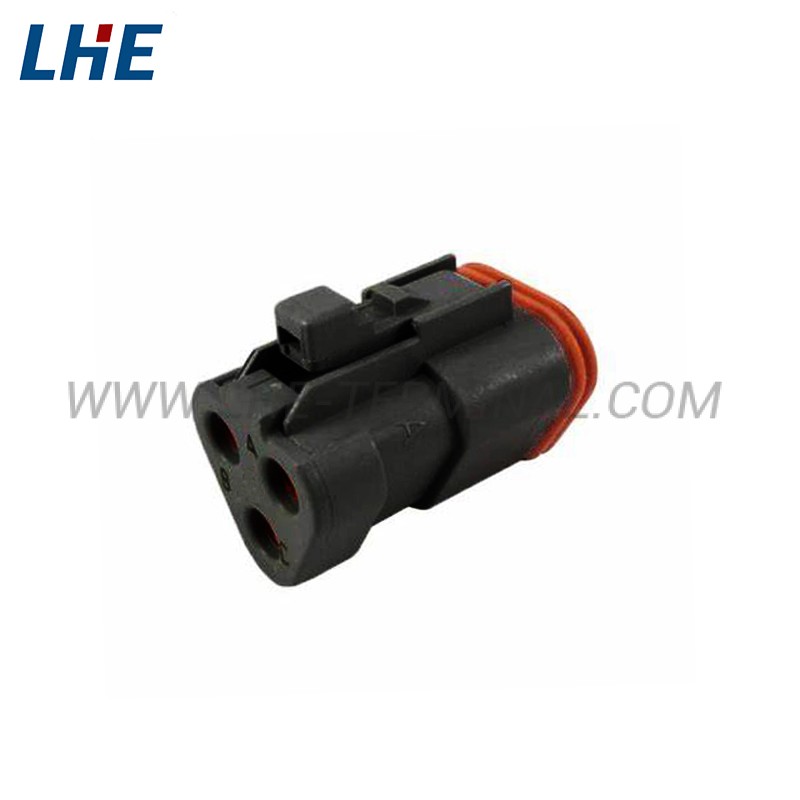In fact, the back electromotive force of many BLDCs is not a standard square wave, but close to a sine wave, and vector control can also be used. Similarly, permanent magnet synchronization can also be controlled by six-step commutation. Moreover, the permanent magnet synchronization is also powered by DC, and it must be brushless. The torque ripple of the permanent magnet synchronous motor with vector control is very small, the rotation is stable, and it can output high torque even at low speed. The DC brushless motor is simple to control and lower in cost. The figure below shows a permanent magnet synchronous motor with a magnetic encoder. Most of the higher-end motors use photoelectric encoders, which can output the position of the rotor with higher precision, so that the controller can control the rotation of the rotor more accurately.
Servo (Servo) motor, in fact, it is difficult to say which kind of motor is or is not a servo motor. The servo itself refers to a system that can accurately and quickly control the position, speed, etc. of the rotor according to the input. The following motor has a photoelectric encoder disc and integrates a drive controller for the motor, and its operation can be controlled by giving a pulse level signal from the outside.

















